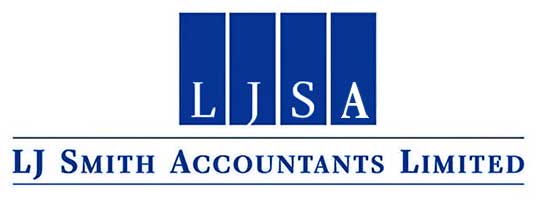Tax relief for loss-making companies
You’ve decided to wind up an unsuccessful business venture. After a good start the business has made losses in the last few financial years. What tax relief, if any, can be claimed to mitigate the losses?

Company losses
Profits companies make from trading are taxable, and, correspondingly, tax relief is allowed for trading losses. However, in typical HMRC fashion loss relief is subject to many rules and restrictions. This is especially so for losses which occur in the final year of trading. In this article we’ll look at your options for obtaining tax relief for so-called terminal losses.
Sideways relief
If your company has more than one trade, losses in one trade can generally be used to reduce your company’s overall corporation tax (CT) bill. This is called sideways loss relief. For example, a company which made a loss in its manufacturing trade but profits from letting property can claim sideways loss relief to reduce the CT payable on the profits of the other trade. It can choose to use the relief for the same year as the loss occurred, the previous or a future year. Of course, the latter option is of no use if the loss occurs in the final year that a company is active.
Terminal relief
Losses made in the final twelve months of a business for which a claim for sideways loss relief would be ineffective can instead be used to reduce the company’s CT bill for the previous three years.
Example. Acom Ltd’s accounting years run to 31 December. It ceased trading on 31 March 2024. In its financial accounting period for the year ended 31 December 2023 it made losses of £48,000 and in the three months to 31 March 2024 it made a profit of £4,000. Terminal loss relief of £32,000 can be claimed. This is worked out by time apportioning the results of the final two financial periods, i.e. ((£48,000)/12*9) + £4,000. Acom can use the loss relief to reduce its CT bill on the profits it made in the accounting periods falling within the three accounting years (not accounting periods as these might cover more or less than three years), starting with the most recent three years prior to the start of its final year of trading.
Trap. If a company has no CT liability in the three prior years, claiming terminal loss relief will be ineffective.
Tip. If closure of your company seems likely because it’s making losses, it can be more tax efficient to terminate the company’s activity sooner rather than later to make loss relief more tax efficient or prevent it from becoming ineffective.
Extra loss relief
In addition, relief can be claimed if your company has losses for which no relief has been allowed and that were incurred prior to its final financial period. These losses can be used to reduce tax on profits:
- of the final accounting period
- for earlier periods up to three years before the end of the final accounting period.
You can only use this special carry-forward relief against CT payable in any of the three years to the date the company ceased activities. This isn’t the same as the three-year period for terminal loss relief but it may partly overlap and so can interact.
Related Topics
-
Man Utd is cutting staff perks. Should, and can, you?
Manchester United FC is to end free hot meals for its staff as part of a cost-cutting exercise. If you want to withdraw staff perks such as free food, tea and coffee to save on business costs, can you do so?
-
HMRC’s official rate of interest set to increase
HMRC’s official rate of interest will increase from 6 April 2025. What does it apply to, what is the new rate and what else is changing?
-
HMRC and Companies House to scrap free filing services
From April 2026 companies won’t be able to file their tax returns and accounts using the HMRC and Companies House free-to-use service. What steps should companies take ahead of the deadline?






 This website uses both its own and third-party cookies to analyze our services and navigation on our website in order to improve its contents (analytical purposes: measure visits and sources of web traffic). The legal basis is the consent of the user, except in the case of basic cookies, which are essential to navigate this website.
This website uses both its own and third-party cookies to analyze our services and navigation on our website in order to improve its contents (analytical purposes: measure visits and sources of web traffic). The legal basis is the consent of the user, except in the case of basic cookies, which are essential to navigate this website.